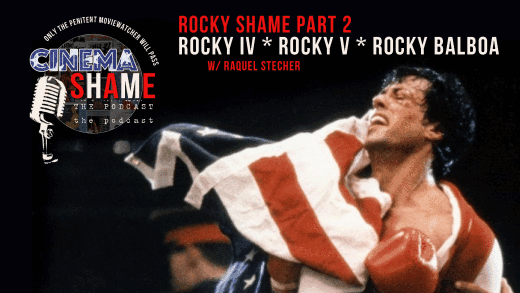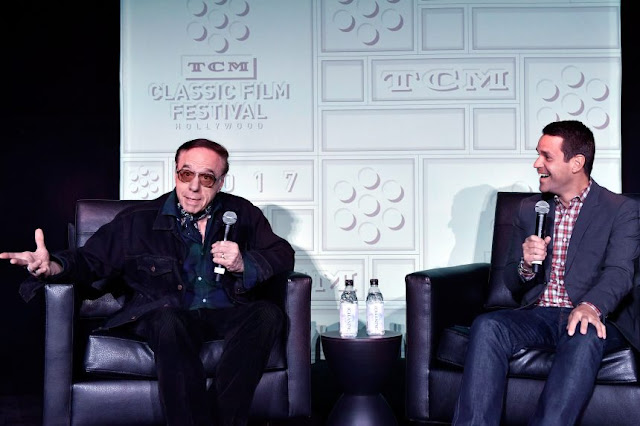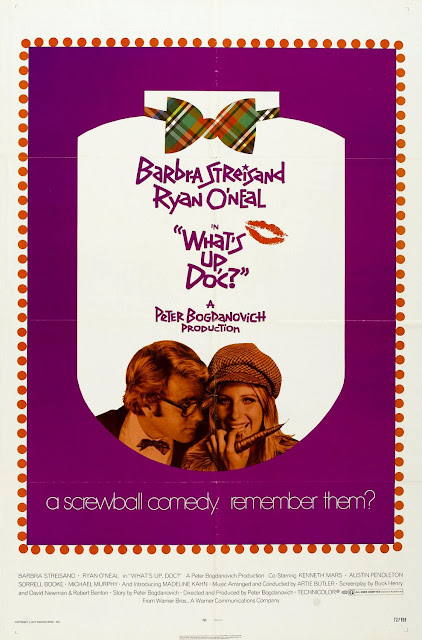This review is sponsored by DVD Netflix.
It's New Year's Eve, and the S.S. Poseidon is on its scheduled final journey. The cruise liner is a few days behind schedule and the captain (Leslie Nielsen) is feeling pressure to speed things up from new owner Linarcos (Fred Sadoff). He wants to make up ground but the captain is worried that the old vessel won't be able to handle going full speed ahead and it will put their passengers in danger. On board are a motley crew of vacationers heading to different ports of call. Reverend Scott (Gene Hackman) tends to the religious needs of the passengers. His approach to faith is radically different from the more traditional view of the ship's chaplain (Arthur O'Connell). Then there is Robin (Eric Shea), a young curious boy who wants to learn everything there is to know about the S.S. Poseidon. He's traveling with his sister Susan (Pamela Sue Martin) on the way to see their parents. Rogo (Ernest Borgnine) his devoted to his wife Linda (Stella Stevens), whom he rescued from a life of prostitution. Then there are the Rosens, Belle (Shelley Winters) and Manny (Jack Albertson), a loving couple on their way to see their new grandchild in Israel. They befriend bachelor Martin (Red Buttons), whose focus on health and fitness keeps him busy to avoid feelings of loneliness. Then there is the staff like Acres (Roddy McDowall) a waiter in the main dining room and Nonnie (Carol Lynley), a singer whose band hitches a ride on the Poseidon and pay their way with performances.
Little do the passengers and crew know that a disaster is impending. A nearby earthquake creates a tidal wave and because the captain had to speed up the vessel, they are headed straight for it. While everyone celebrates the ringing in of a New Year, the wave hits the S.S. Poseidon turning it over. Led by Reverend Scott, Robin, Susan, the Rogos, the Rosens, Martin, Acres and Nonnie make their way to the bottom of the ship which is now the top. They face doubts from other passengers and internal doubts as they struggle their way to freedom. With so many deaths and more to come, who will survive? How will they work together to save their own lives? Will this team make it out of the vessel to be rescued?
 |
| The principal players of The Poseidon Adventure (1972) |
Based on the novel by Paul Gallico and directed by Ronald Neame, The Poseidon Adventure (1972) was a box office hit. It was a gamble for 20th Century Fox which had been backtracking from investing in big budget movies. This movie paid off. They invested $4.7 million and made $40 million+ in rentals. Some significant changes to the novel's plot and the portrayal of the main characters helped develop the film adaptation into something cinema goers would enjoy. It was nominated for 8 Academy Awards and won 2. The film spawned a sequel and a remake.
Disaster movies always give me anxiety. I emotionally invest myself in the characters and I want to see them survive. Watching The Poseidon Adventure, I was the most anxious I have ever been since watching Titanic (1997) when it came out in theaters. I was at the edge of my seat. This film had some really great moments of tension. Each stage to climb the different levels in order to get off the ship was like an insane obstacle course that challenged each group member physically and emotionally. I expected this movie to be cheesy but was pleased how for the most part it wasn't. The drama felt real not forced.
Faith plays an important role in the movie. It starts with Gene Hackman's character Reverend Scott. He's a man of the cloth going through a crisis of faith but has to lead others in their own beliefs. When the disaster strikes, he comes up with a plan to escape but it takes the faith of a small group of people who believe in him to follow Rev. Scott on this treacherous journey. Some of the characters struggle with faith whether its with themselves or with their leader. There is also little Robin who has learned some very useful information about the ship but because of his young age characters like Rogo doubt him. It takes the faith Rev. Scott has in him to use that information for them to move forward.
The Poseidon Adventure (1972) is a captivating disaster movie that will keep you enthralled to the very last minute. I highly recommend it.
I rented The Poseidon Adventure (1972) on DVD Netflix. Click on this link to add it to your queue. Thank you to DVD Netflix for sponsoring this post.









































